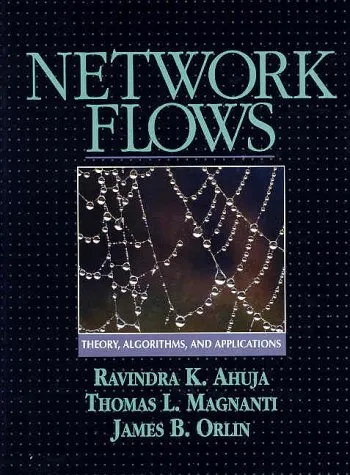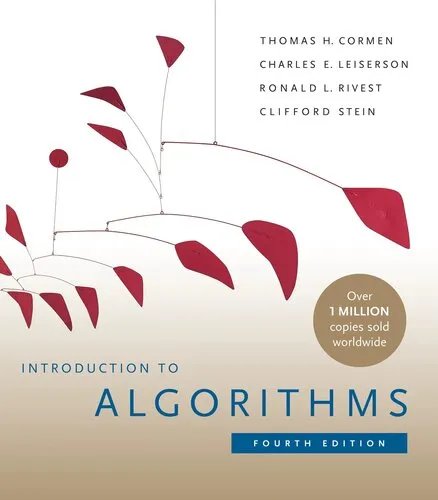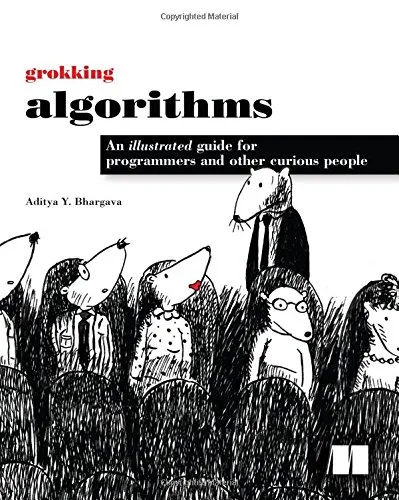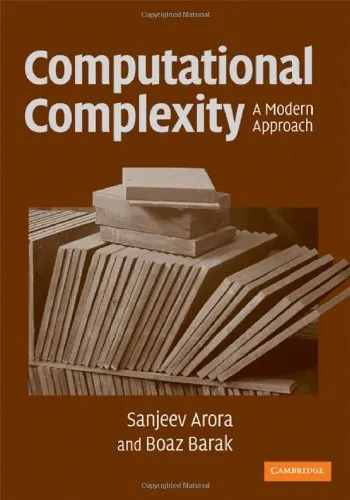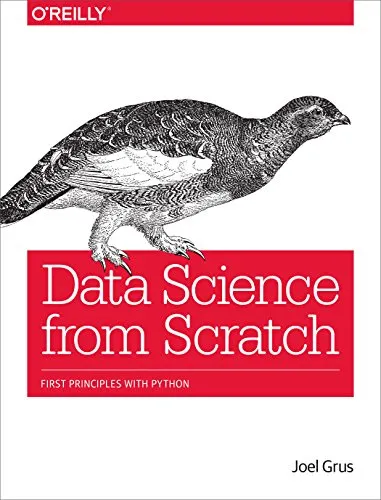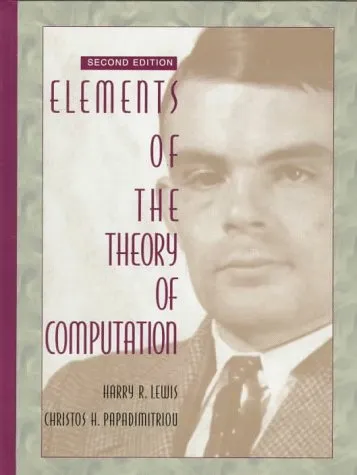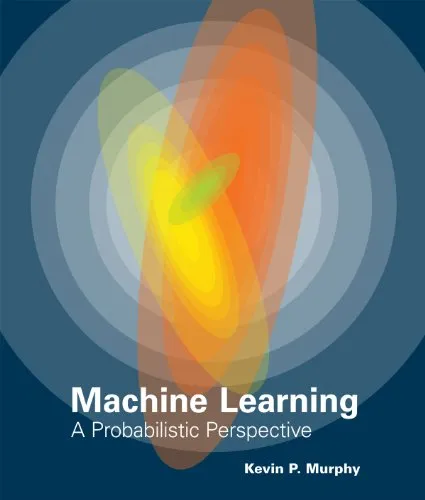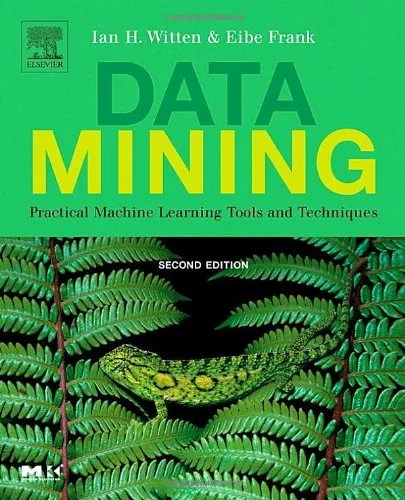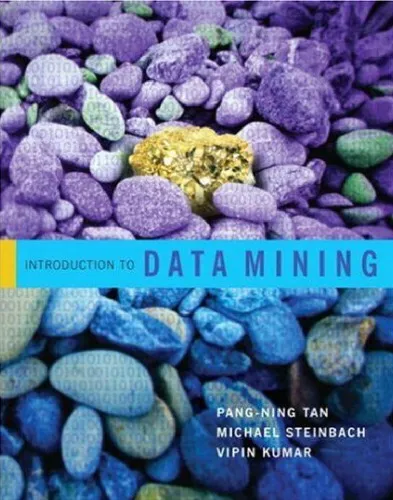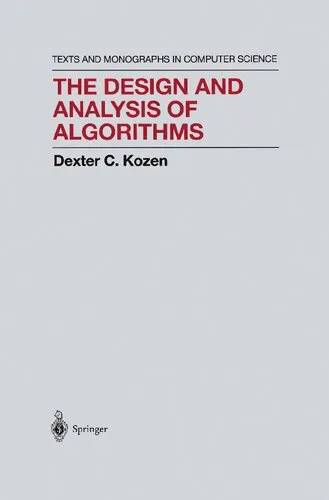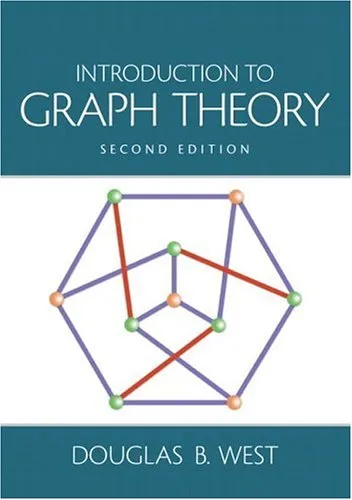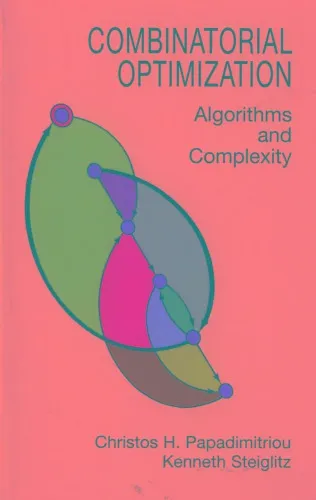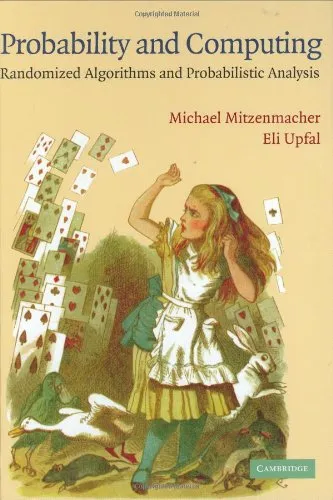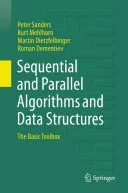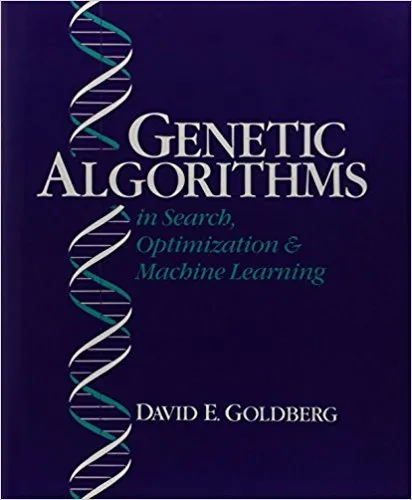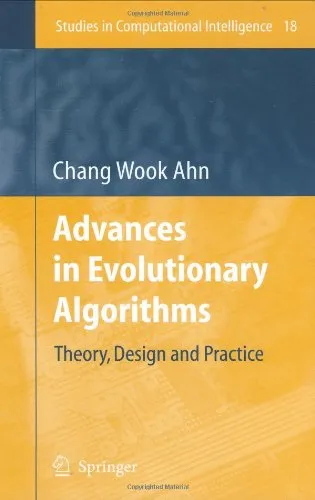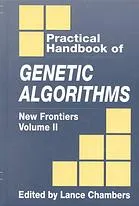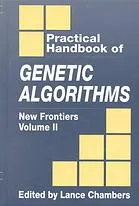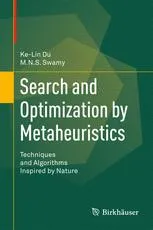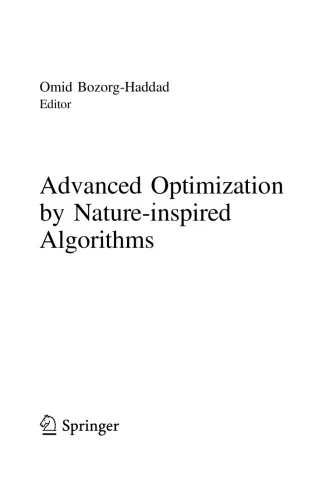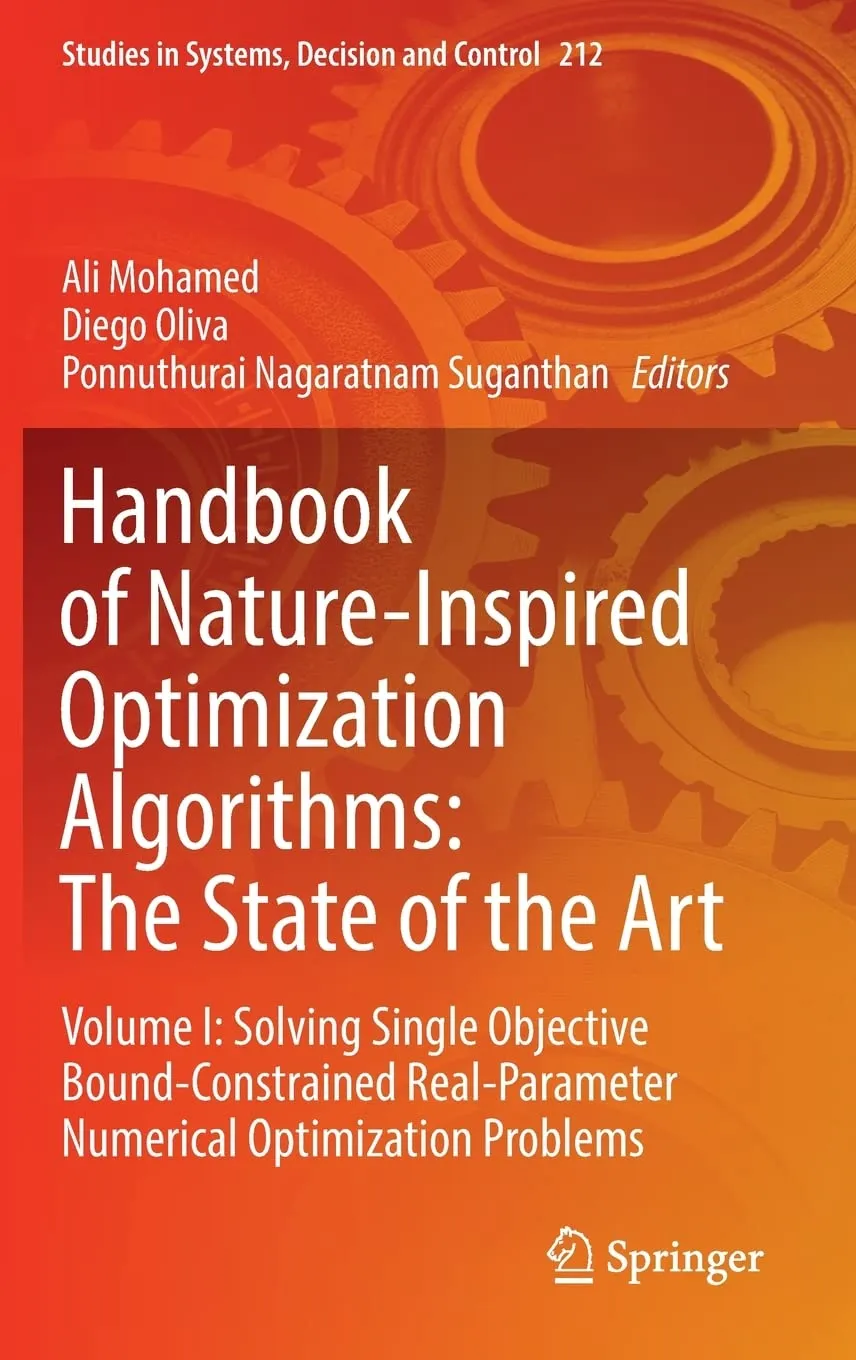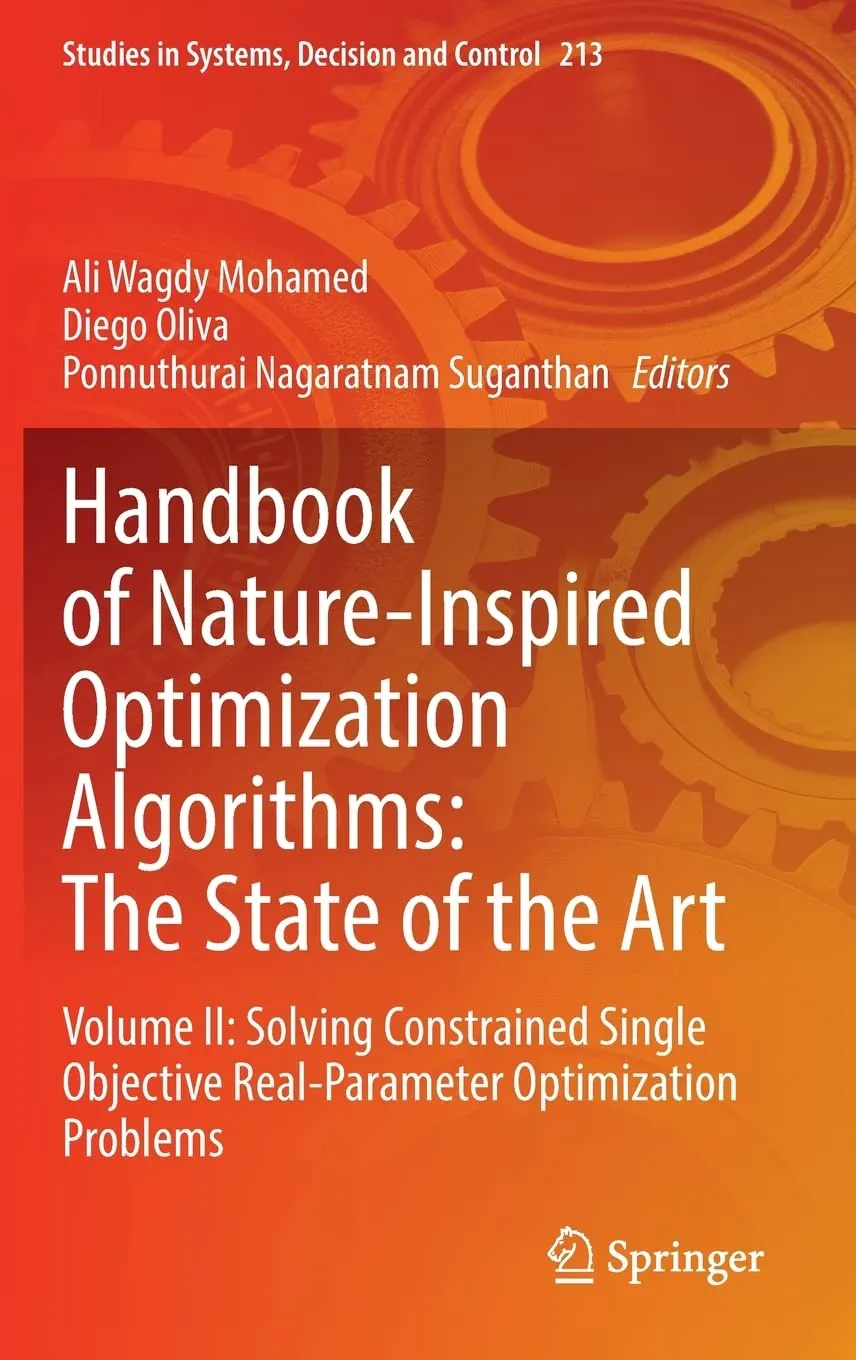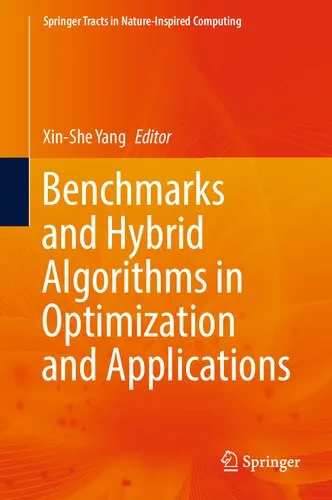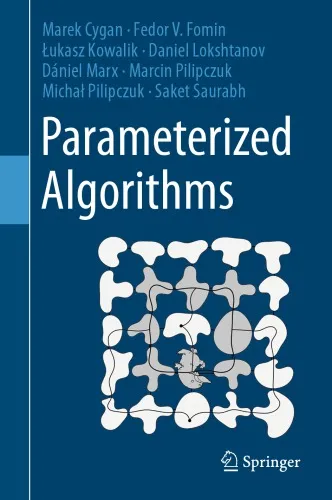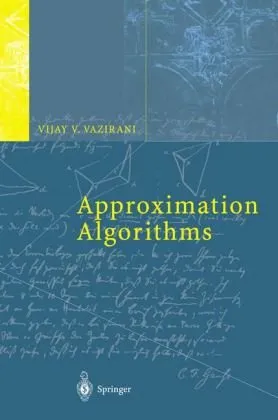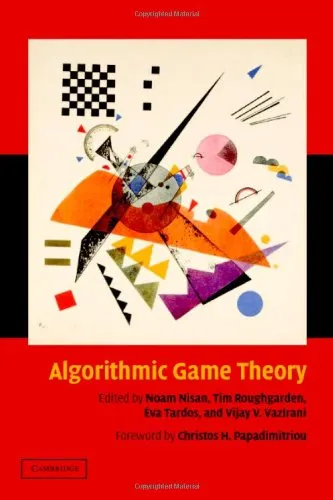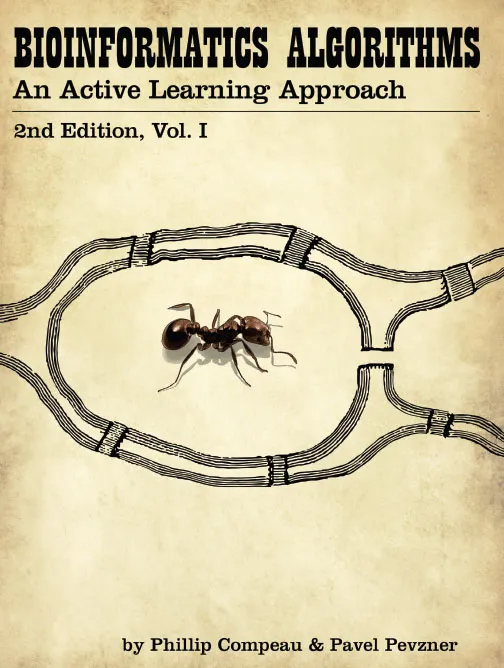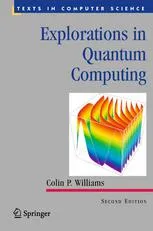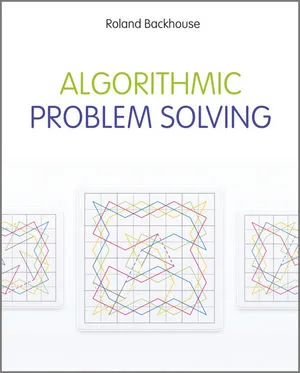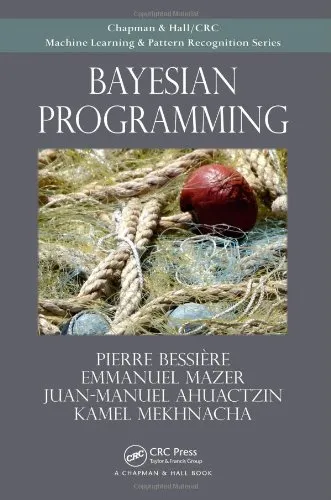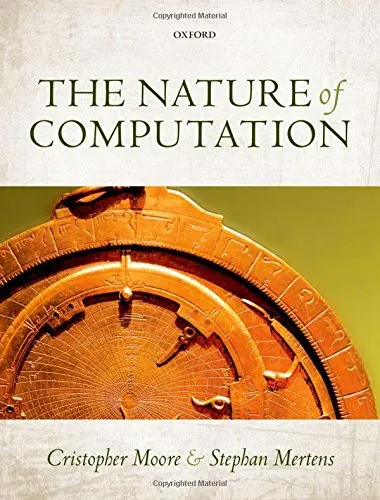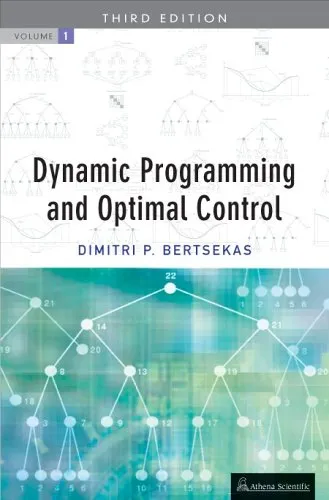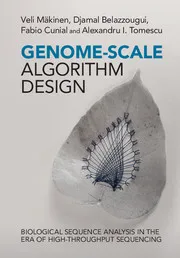Network Flows: Theory, Algorithms, and Applications
4.8
Reviews from our users

You Can Ask your questions from this book's AI after Login
Each download or ask from book AI costs 2 points. To earn more free points, please visit the Points Guide Page and complete some valuable actions.Related Refrences:
Introduction to "Network Flows: Theory, Algorithms, and Applications"
"Network Flows: Theory, Algorithms, and Applications" by Ravindra K. Ahuja, Thomas L. Magnanti, and James B. Orlin is a seminal work in the fields of optimization and operations research. It provides a comprehensive treatment of network flow problems, blending rigorous theoretical foundations with practical, real-world algorithms and applications. This book has become a cornerstone reference for students, researchers, and practitioners seeking to delve into the mathematical and computational aspects of network optimization.
The importance of network flows spans numerous domains, from transportation and telecommunications to computer science, energy systems, and logistics. This work meticulously balances theoretical underpinnings with practical problem-solving techniques, making it an indispensable resource for understanding and addressing key challenges in network-based systems. With a focus on algorithmic efficiency, the authors present both classical methods and modern innovations, ensuring a well-rounded perspective on network optimization.
Detailed Summary of the Book
The book is organized into a logical progression that starts with the basics and builds a deep understanding of network flow models, theory, and algorithms. It opens with an overview of networks and optimization problems, emphasizing how mathematical modeling can be used to represent and solve real-world challenges. Subsequent chapters dive into the core topics such as the maximum flow problem, minimum-cost flow problem, shortest path algorithms, and multicommodity flows.
A key feature of the book is its hands-on approach to algorithms. The authors discuss classical algorithms like the Ford-Fulkerson method and Dijkstra's algorithm and extend the discussion to advanced techniques like the primal and dual simplex methods, scaling algorithms, and push-relabel algorithms. These methods are examined not only from an algorithmic perspective but also in terms of their implementation and performance in practice.
The final sections of the book emphasize applications and advanced topics. Case studies in fields such as telecommunications, transportation, production scheduling, and supply chain management allow readers to see how theoretical results are applied to solve real-world problems. Each chapter concludes with exercises designed to reinforce key concepts and encourage further exploration.
Key Takeaways
- Comprehensive coverage of network flow algorithms, including classical and advanced techniques.
- Rigorous treatment of theoretical aspects and their practical applications.
- Focus on algorithmic efficiency with discussions on complexity and performance.
- Real-world applications that bridge theory and practice across multiple industries.
- A wealth of exercises and examples to reinforce understanding and develop problem-solving skills.
Famous Quotes from the Book
“Network optimization problems lie at the heart of numerous real-world systems—from transportation and communication networks to resource allocation and logistics.”
“Efficient algorithms are not just about finding solutions but about finding scalable solutions that can address the complexity of modern systems.”
Why This Book Matters
"Network Flows: Theory, Algorithms, and Applications" stands as a definitive text for anyone interested in network optimization and its practical implications. It seamlessly bridges the gap between academia and industry, providing tools and techniques that are both conceptually deep and operationally effective. For students, it serves as a foundational text that sparks curiosity and engages intellectual rigor. For practitioners, it is a practical manual that helps design and optimize critical systems.
The authors’ emphasis on efficient algorithms is particularly relevant in today’s data-driven world, where computational resources and time constraints are pivotal. From supply chain optimization to modern telecommunications networks and beyond, the lessons and methods from this book empower readers to develop solutions that are not only correct but also efficient, scalable, and innovative.
Free Direct Download
You Can Download this book after Login
Accessing books through legal platforms and public libraries not only supports the rights of authors and publishers but also contributes to the sustainability of reading culture. Before downloading, please take a moment to consider these options.
Find this book on other platforms:
WorldCat helps you find books in libraries worldwide.
See ratings, reviews, and discussions on Goodreads.
Find and buy rare or used books on AbeBooks.
1426
بازدید4.8
امتیاز0
نظر98%
رضایتReviews:
4.8
Based on 0 users review
Questions & Answers
Ask questions about this book or help others by answering
No questions yet. Be the first to ask!
